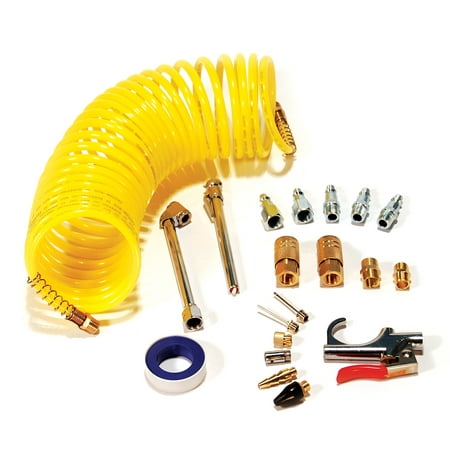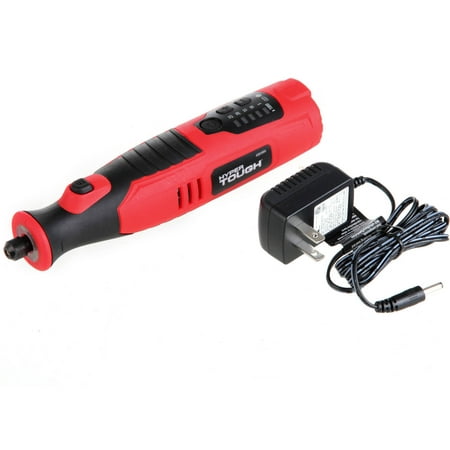PROTOCOL Equipment 67106 Contractor Miter Saw Workstation
You?re all about earning sweat equity, but to be efficient on the job, you need equipment that will work as hard as you. Good thing the PROTOCOL Equipment WS-077 Contractor Miter Saw Workstation always outperforms its competitors. Constructed of high-grade and corrosion-resistant, powder-coated steel, this stand has a 500 pound weight capacity and the adjustable tool mount brackets work with most brands of miter saws and other bench-top tools. The tool mounts have a sliding rail that lets you adjust the center of gravity of any mounted tool and create a steady foundation while cutting. The tubular, powder-coated steel legs are capped for use on finished surfaces and have quick-release levers for easy setup and take-down. One pair of legs feature fold-down storage brackets that can hold a variety of builder materials. The top width adjusts from 35-inches to 77-inches, allowing for an extensive workload. There’s a convenient carrying handle and sturdy wheels that make transporting this workstation effortless.







PORTABLE WORKSTATION – Portable wheeled workstation with adjustable tool mount brackets and extendable material supportsPROFESSIONAL GRADE STRENGTH – Made of high-grade steel that can support up to 500lb of materials so you can tackle big jobs fasterUNIVERSAL MOUNT – Adjustable tool mount brackets have six inch handles and work with most brands of miter saws2 MATERIAL SUPPORTS – 2 adjustable material supports each feature an end stop to make quick work of repeat cutsFOLDING LEGS – Folding legs have quick-release levers for easy setup and take-down and on one side feature fold-down material storage bracketsADJUSTABLE TOP WIDTH – Infeed and outfeed material supports adjust from a compact 35-inches to a maximum of 77-inchesCAPPED FEET – Capped feet on each support leg allow use on finished surfaces without damaging them





Reviews
There are no reviews yet.